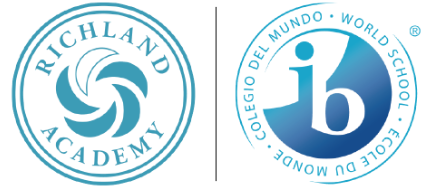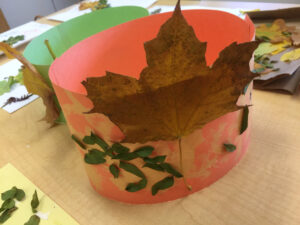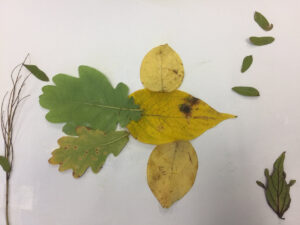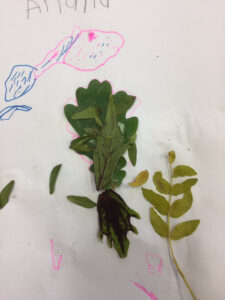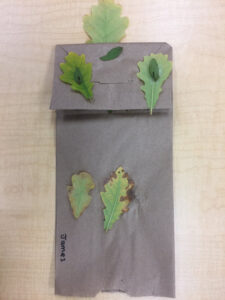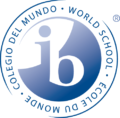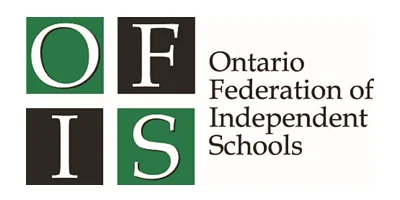NATURE AS A WORK OF ART
“Every child should have mud pies, grasshoppers, water bugs, tadpoles, frogs, mud turtles, elderberries, wild strawberries, acorns, chestnuts, trees to climb. Brooks to wade, water lilies, woodchucks, bats, bees, butterflies, various animals to pet, hayfields, pine-cones, rocks to roll, sand, snakes, huckleberries and hornets. And any child who has been deprived of these has been deprived of the best part of education.” Luther Burbank (American horticulturalist and botanist, 1849-1926)
The use of natural materials to create art, was introduced to the children as they viewed some beautiful pieces of land art created by the British artist, Andy Goldsworthy. The children were transfixed. Natural materials were offered to the children, and placed near a variety of papers. We stepped back and let the children create…….
As part of our IB work, during April of next year the children will be working on the IB inquiry “Sharing The Planet”. Like any inquiry work, our studies can begin much sooner than the designated date, particularly where we want to encourage the children to make a strong connection to our planet.
Observing nature through the seasons enables the children to make a strong connection to the planet, and in particular, the natural environment that is all around them. As Fall is such a beautiful time of year, it provides for us an abundance of natural materials to explore and use.
In the process they make many connections to all parts of the school curriculum –
- Natural materials are perfect resources for use in heuristic play sessions when children are developing their creative and critical thinking skills. A selection of interesting cones, pods, and leaves provides children with many opportunities to develop their conceptual understanding of big and little, same and different, long and short, few and many, heavy and light.
- Natural materials can be used very creatively to produce designs and collages. All that is required is a selection of natural materials and an area in which to produce the design. This could be a tray, a plain coloured table mat, a flat mirror, a large piece of white paper or a sheet spread out on the ground.
- Natural materials stimulate children’s creativity and imagination as they can be used in play in many ways. For example a seed pod can be a figurine in imaginative play, used for imprinting in mud or clay, or currency in a game. Natural objects with open-ended possibilities often encourage children to engage in richer play experiences.
- Natural materials have a sensory benefit. They have different textures, sizes, colours and smells. They provide more tactile stimulation to children to help them improve their hand/finger awareness and coordination.
- Natural resources are accessible. They can be collected from backyards, and the school itself at no cost. The resources are renewable; their creation and disposal has minimal harm to the environment.
- Children are learning about nature and to be resourceful. With the support of interested adults, children are learning about their local environment and strengthening their sense of place.
We will be providing many opportunities for the children to connect to nature over the coming months. Why? Because …………
“No one will protect what they don’t care about; and no one will care about what they have never experienced”

